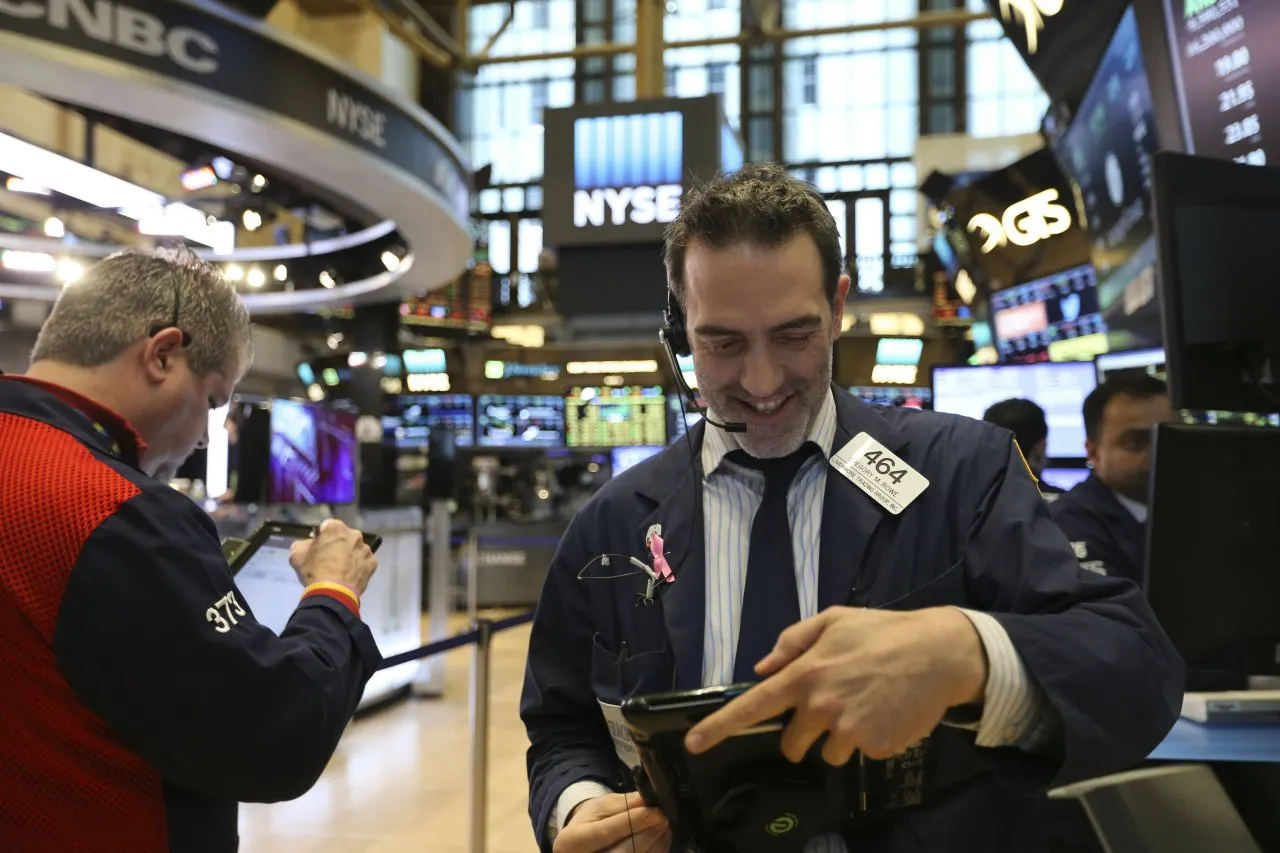As the December Decision Looms, Fed Watchers Shift Focus to the Voting Process
Tensions inside the Federal Reserve have escalated noticeably in recent weeks as policymakers adopt increasingly divergent views ahead of the central bank’s December meeting all while Chair Jerome Powell remains publicly silent.
The debate intensified on Friday when New York Fed President John Williams, often viewed as a close proxy for Powell’s thinking, voiced support for another rate cut. His remarks arrived after several colleagues had argued against lowering borrowing costs, highlighting how fractured the committee has become.
Powell hasn’t spoken publicly since the Fed’s Oct. 29 rate decision, but a review of recent comments shows voting members of the Federal Open Market Committee are now almost perfectly divided. No matter what the group decides on Dec. 10, some level of dissent appears inevitable.
Such disagreement was once rare under Powell. This year, however, dissents have become far more common as officials struggle to balance a softening job market with still-elevated inflation. The situation has been further muddied by the government shutdown, which delayed critical economic releases and made it harder for policymakers to agree on which risks deserve more weight.
“By staying quiet right now, Powell is giving every member of the committee room to speak and be heard,” said Claudia Sahm, chief economist at New Century Advisors and a former Fed staffer. “He’s allowing the disagreement to surface which is appropriate, because the decisions they’re making are genuinely difficult.”
The flurry of conflicting signals has thrown market expectations into chaos. Investors accustomed to reading the Fed’s consensus are now tracking individual remarks in an effort to predict the committee’s next move.
Heading into the October meeting, traders viewed a December rate cut as virtually guaranteed. But after a wave of hawkish commentary, odds sank sharply at one point dropping below 30%, based on federal funds futures pricing. Williams’ comments on Friday, however, pushed expectations back above 60%.
Consensus-driven policymaking has long been central to the Fed’s image, particularly since Powell became chair in 2018. Few dissents tend to send a message of confidence and unity, and research suggests it strengthens the Fed’s communication. Critics, however, say the drive for consensus can foster “group-think” and suppress meaningful debate.
“On the issue of group-think, those accusing us of it should buckle up,” Fed Governor Christopher Waller said Monday. “You might see the least group-think from the FOMC that you’ve seen in a long time.”
Waller dissented in July, opposing the decision to keep rates unchanged. He was joined by Governor Michelle Bowman — the first time two sitting governors had voted against the chair in more than three decades.
At the next meeting in mid-September, Governor Stephen Miran newly appointed by President Donald Trump broke with colleagues who supported a quarter-point cut, arguing instead for a more aggressive reduction. Miran repeated his dissent at the Oct. 28–29 meeting, while Kansas City Fed President Jeff Schmid dissented in the other direction, warning that additional cuts risked reigniting inflation.
Since then, a growing number of Fed officials have voiced reservations about cutting rates again. Five of the 12 voting members have signaled they are leaning toward leaving rates steady.
“We need to be careful and cautious with monetary policy right now,” said Fed Governor Michael Barr, who has historically emphasized protecting the labor market.
Other officials who normally lean dovish have also shown more willingness to oppose additional easing. Chicago Fed President Austan Goolsbee who has never dissented in nearly three years on the committee said he would not hesitate to do so if he felt strongly enough.
“If I end up on the opposite side from everyone else, that’s fine. That’s healthy,” Goolsbee told reporters Thursday, noting that dissent has become more common this year something he views as positive.
While recent divisions may feel unusual, they are hardly unprecedented. Dissent was widespread in the 1980s, when the Fed imposed extremely high interest rates to tame runaway inflation. Similar disagreements resurfaced in the 1990s, when fears of renewed price pressures led to battles over how quickly the Fed should ease.
“Uncertainty is fundamental to the macro economy and to monetary policy,” Dallas Fed President Lorie Logan said Friday. “Policymakers cannot know every detail about the economy or predict every shock, yet they still have to make decisions.”
The December meeting is shaping up to be one of the closest calls in years. Some observers, including Deutsche Bank senior economist Brett Ryan, believe Williams’ Friday comments effectively locked in a rate cut. Others aren’t convinced the outcome is settled.

Subscribe to our newsletter!
As a leading independent research provider, TradeAlgo keeps you connected from anywhere.








